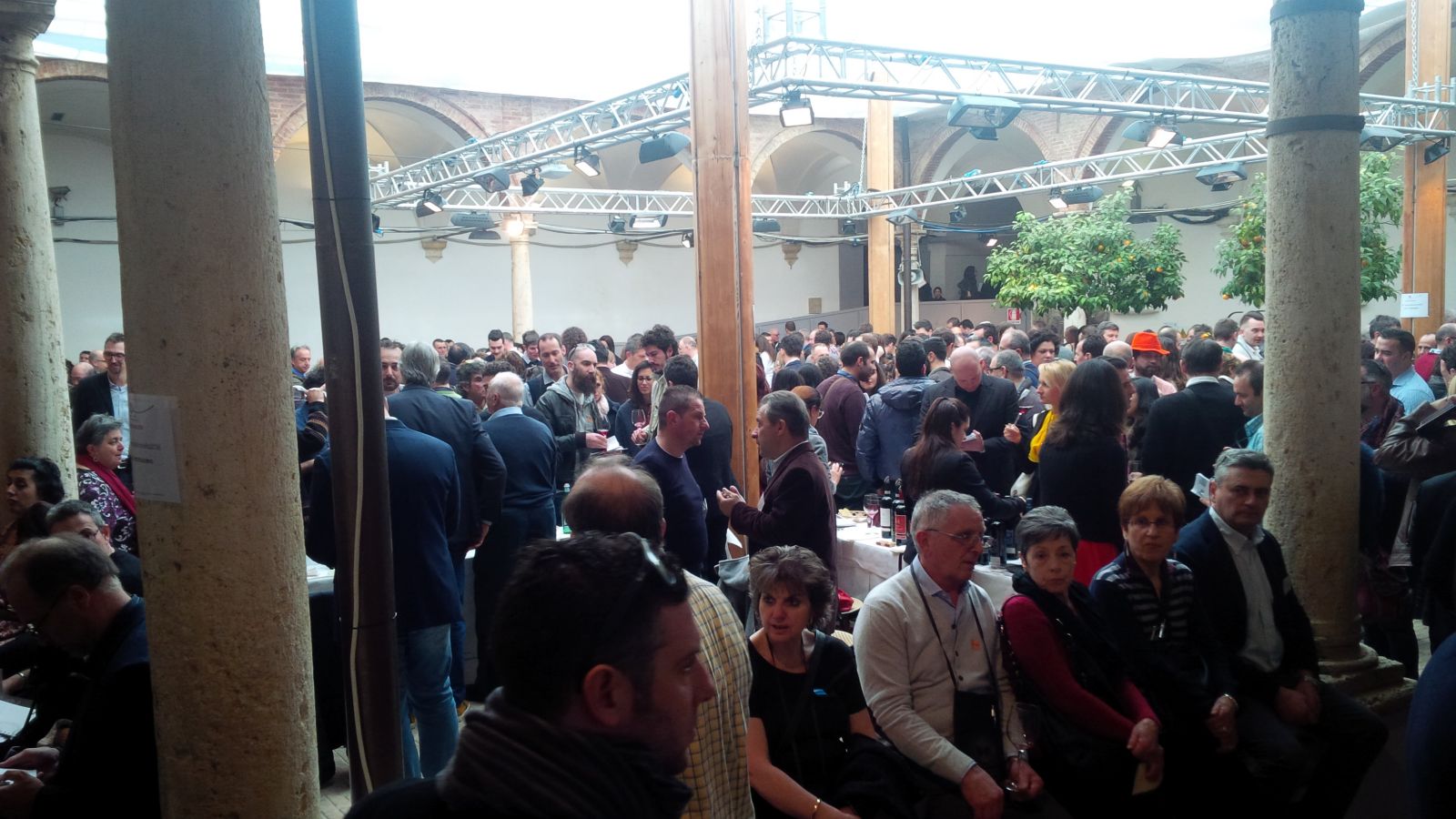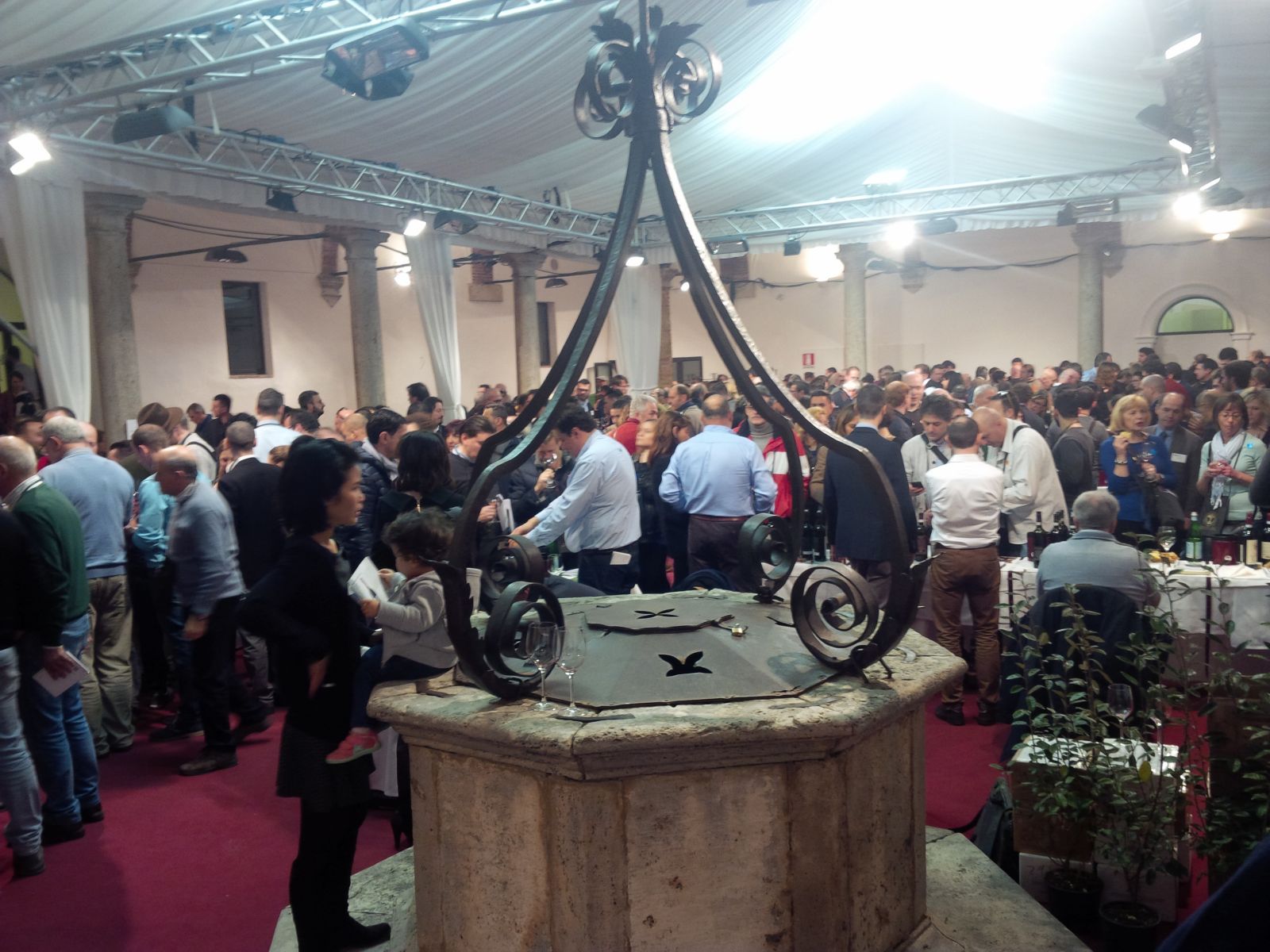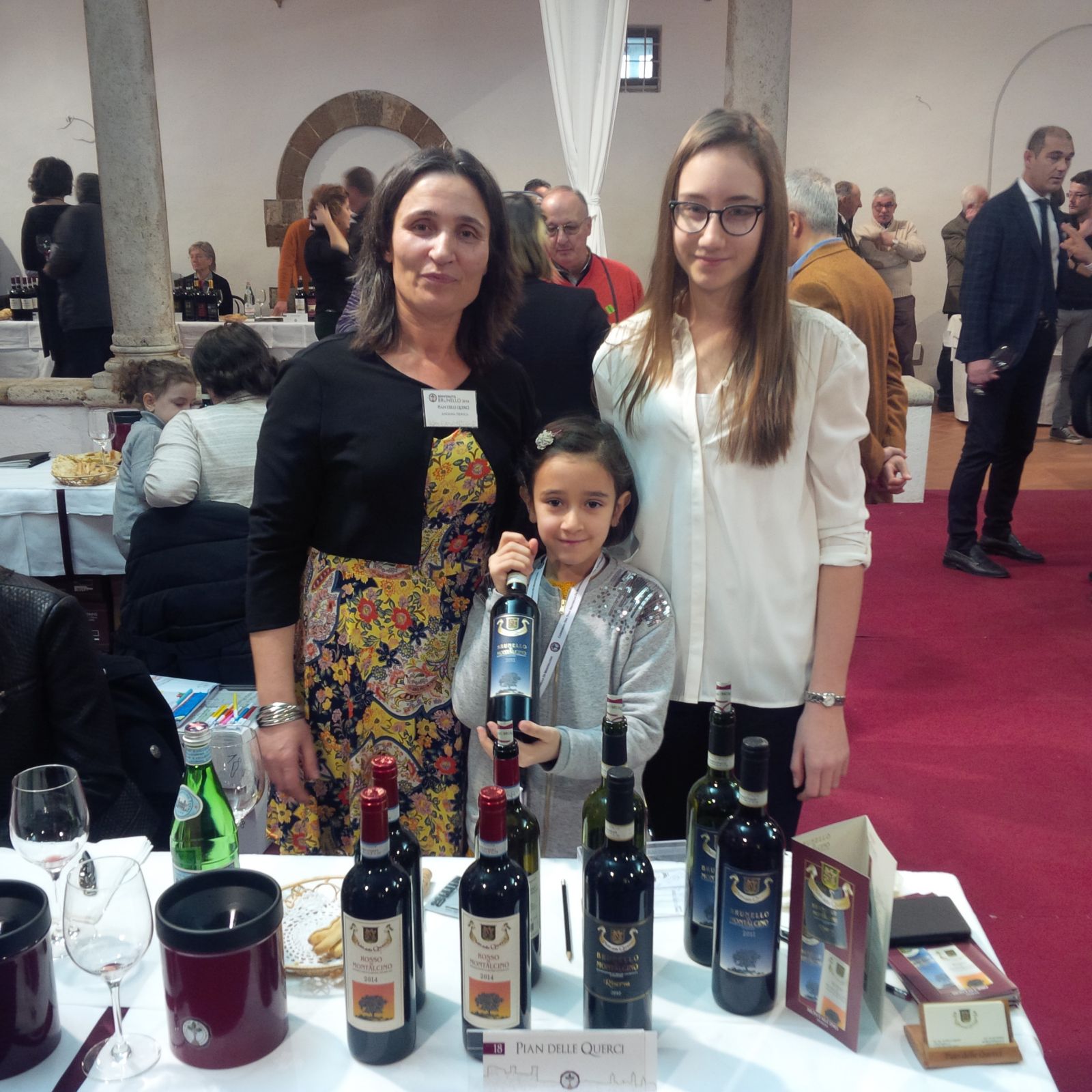BY ALAN DOUGHTY
A brilliant time was had by all at River Forest Country Club last night, as we featured Coquerel Family Wines of Calistoga. "We" are Stacey Pytlewski, who did all the brainy presentation work, Chef Nathan who killed it with the best multi-course dinner I've ever had, and Middlesbrough native Stewart Boynton, who not only paired the wines perfectly, but also ensured that I was able to get within a mile of a country club without being escorted from the premises.
Coquerel Family Winery sources their grapes from Walnut Wash Vineyard, nestled on the valley floor in the shade of the Mayacamas Mountains. This protection from the afternoon sun, coupled with the exquisitely subtle hand of Bordelaise winemaker Christine Barbe, results in a portfolio of wines that marry the most perfect elements of French elegance and generous Napa fruit.
Their flagship Sauvignon Blanc (Le Petit Coquerel), made entirely from Clone One, bursts with citrus and sweet herbaceous aromas that follow through a crisp yet modestly weighty pallet with touches of stone fruit that took on the sweet richness of the crab meat perfectly.
Coquerel, having inherited Walnut Wash from the Port producing Prager Winery, produces the only Verdelho in Napa Valley. As with the SB, the generous 2024 vintage gives this rare grape extra weight, and in this case, subtle banana flavors that perfectly accompanied the exotic tropical and Thai flavors of the sumptuous sea bass.
For me, their Chinonesque Cabernet Franc was the most French of all of tonight's wines, and is always my number one pick for duck. Red fruited, crunchy and floral, this gorgeous wine's acidic backbone cut through the fattiness of the duck perfectly, whilst the fruit served as an extra element to the chutney and wine reduction.
It was especially gratifying to see country club types guzzle down extra bottles of the Cabernet Sauvignon, as the elegant black cherry flavors, slightly grainy tannins and subtle pencil lead notes are the antithesis of all things "Caymus" - nuff said.
Finally, I still can't get with the red wine with chocolate idea because it distorts the wine too much for me. Salt and vinegar flavours are better on chips. But taken alone, this Petite Sirah, leans more old world Syrah with a touch more velvety texture, than a monolithic purple fruit bomb - more duck please!























